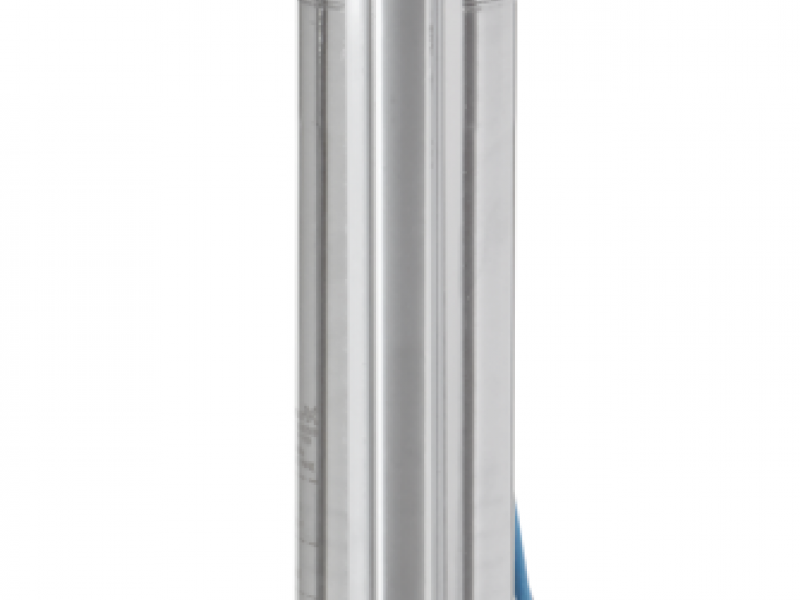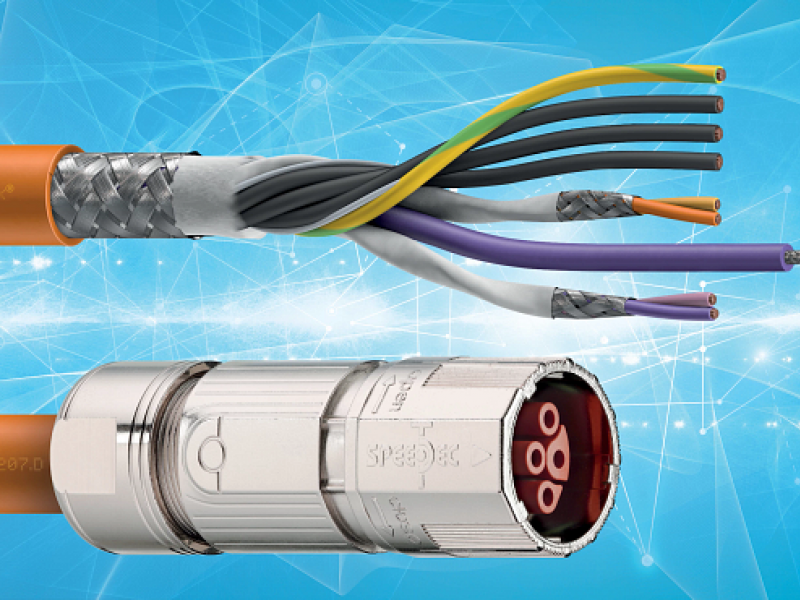As supply chains extend and become more complex, organisations need to adopt and utilise new technologies that enable them to efficiently manage and protect their inventory, as it travels to end users.
Down-time, over-time and wastage are consequences of inefficient systems, used for the identification and tracking of product within a manufacturing or retail environment. Faults throughout this critical process can not only delay production, but create significant problems, if an unexpected product recall is required.
Accurate product identification is critical in the manufacturing environment – and with the right systems in place, businesses managers can have peace of mind, knowing that product leaving their facility meet the highest quality and compliance standards. While improving operations and reducing waste. Successfully integrating Radio Frequency Identification systems (RFID) and effective Code-Readers, can deliver efficiency and accuracy of product identification, while ensuing financial and operational benefits for a business.
RFID Explained
In a nutshell, RFID systems include three components; A Tag, an Antenna and a Code-Reader. Together, they compile data collected throughout a product assembly journey, which is used to track information such as inventory, operational bottle necks, misplacement, even temperature control – all hapening live and in real time.
An Industry Must-Have: Accurate Product Identification & Traceability
There is an ever increasing demand for identification, tracking and traceability of products within the manufacturing and retail industries. As businesses need to ensure products satisfy quality requirements, while supporting asset management and protection. If overlooked, product quality can be compromised, and a product recall can wreak financial results, and destroy a brand name. There are plenty of relevant examples reported in the press!
Successful integration of RFID systems can deliver major benefits. Retail industry leaders like Wal-Mart and Target have introduced RFID implementation mandates to suppliers, seeing a 24% improvement in visibility, and 37% increase in operational efficiency.
European forecasts predict that RFID use (tags purchased) is set to grow to 86.7 million by 2022, up from 3.22 million in 2012. In Asia, companies surveyed said they are proceeding with RFID plans for two major business reasons; asset tracking and improved supply chain visibility.
But businesses often hit road blocks when they attempt to integrate this new technology into existing systems – with operational restructuring often assumed to come with costly periods of downtime and installation. But this does not need to occur.
A System Integration Revolution
Large businesses need the ability to track hundreds of thousands of products and require custom analytics for their unique applications. Answering this demand, ifm electronic, a German multinational manufacturer of sensing solutions and control products, have created a connectivity powerhouse - providing the hardware systems needed to transition to an RFID integrated business, as well as the back end systems needed to track, collect and analyse that data once the transition is complete.
ifm’s software solutions are fully modular and customisable to your business – saving tens of thousands of dollars in start-up costs in comparison to „one size fits all“ package solutions.
ifm‘s difference – Delivering Customisable Product Identification Solutions.
ifm electronic offers vision based code readers along with a complete range of RFID technology for product identification - including all hardware and software (MES) needed for system integration in the manufacturing and retail industries.
Code readers – ifm code readers, one of the most cost effective units in the market, can communicate to a PLC via Ethernet/IP or TCP/IP. Enabling quick and easy integration into the higher level automation or process control.
Supporting the growing need for traceability throughout industrial automation, the ifm code readers have the capacity to read one or two dimensional codes - allowing customers to put large volumes of relevant information on labels. ifm code readers are vision based, which means they can read multiple types of codes with the same code reader, and can also read multiple codes at the same time. These code readers have the added ability to communicate to PLCs without the use of any extra hardware, and ifm offer easy-to-use software for setup and testing of applications.
RFID systems – ifm can provide all 3 RFID technologies – low frequency, high frequency and ultra-high frequency (UHF) – each of which is applicable to various field reading ranges. This means customers can be assisted not only with low range identification applications but with applications where a code can be read at up to 10 meters distance (with appropriate tags).
ifm’s RFID system is housed in an industrial quality metal casing protected to IP65/IP67 and a wide temperature range, ensuring the use of the readers even in harsh industrial environments.
ifm provides customers with a complete solution offering hardware and software (MES) systems for the complete job. While providing a free consultation to assist customers with initial design options and integration solutions.
FOR FURTHER INFORMATION CONTACT IFM NZ SUPPORT
PH: 0800 803444, SALES.NZ@IFM.COM






